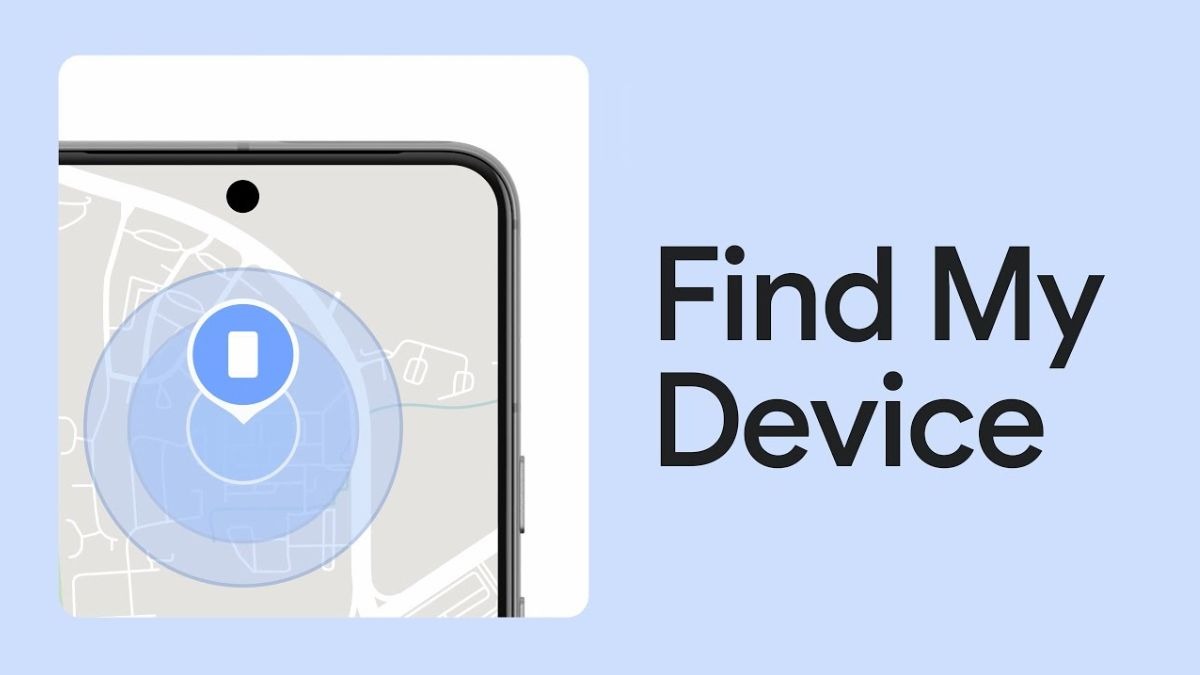 Image Credits - phonearena
Image Credits - phonearena
Advertisement
The Android Find My Device network may soon be getting an important new feature, bringing it closer in functionality to Apple’s Find My ecosystem. According to a report from technology news website hidden code in the latest version of the Find My Device app suggests a forthcoming “compass” tool, aimed at offering users more precise directions when locating their lost devices.
The proposed feature will likely display a compass on-screen, offering directional prompts such as “turn left,” “turn right,” or “the device is behind you,” guiding users step-by-step to their lost items. This new functionality would be particularly useful for ultra-wideband (UWB) devices, like the newly released Pixel Watch 3, which uses UWB technology to offer extremely accurate location tracking within close range. Most devices in the current Find My Device network rely on GPS for broader outdoor tracking, but UWB enables more granular accuracy, particularly in indoor environments.
The addition of a compass tool mirrors a similar feature found in Apple’s Find My network, which introduced UWB technology to iPhones as far back as 2019, with the release of the iPhone 11. Since then, Apple users have benefited from precise device tracking that goes beyond standard GPS capabilities, and it seems Google is eager to catch up.
While the team discovered this feature embedded within the app’s code, they were unable to activate it for testing on a Moto Tag. This indicates that the functionality isn’t quite ready for public use but suggests it could be one of the upcoming features Google has planned for future upgrades to the Find My Device network. Previously, Google had hinted at updates, and this new tool could be part of that promised enhancement.
In addition to the potential “compass” tool, there are other signs pointing toward expanded UWB support in Google’s device lineup, along with possible augmented reality elements. These AR features could potentially allow users to navigate to their lost devices much like Google Maps’ Live View, adding another layer of innovation to Google’s location services.
Despite its strides in upgrading the Find My Device network, Google lags behind its competitors in UWB support. While UWB is included in the Pixel Watch 3, it’s notably absent from the standard Pixel 8 and Pixel 9 handsets, meaning users will need to upgrade to the Pro models to take full advantage of this advanced tracking technology.
As Android continues to refine its Find My Device system, this new “compass” feature and broader UWB integration could help it close the gap with Apple and Samsung in the highly competitive device-tracking space.
